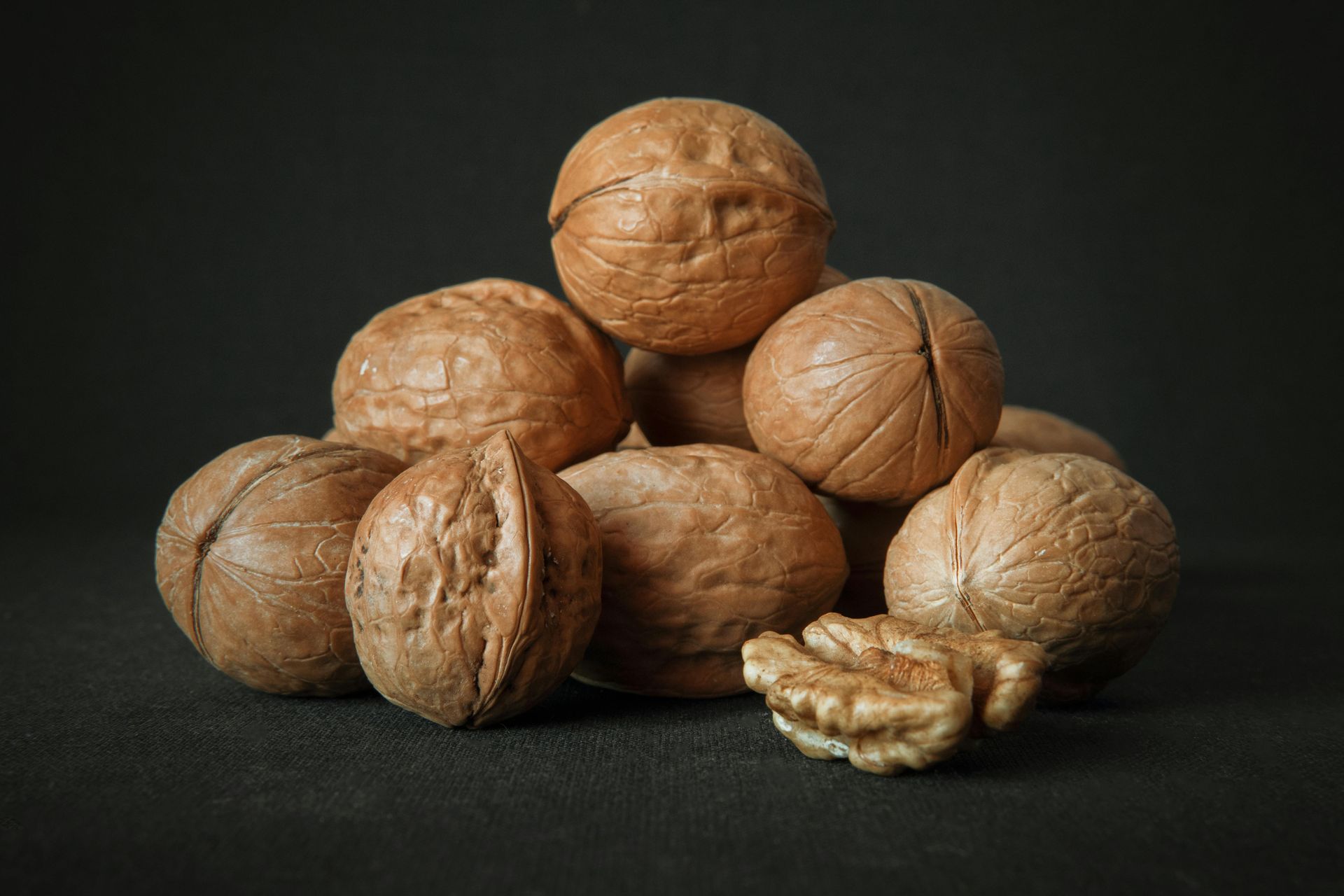Prostate
What Every Man Should Know
The prostate is a small, walnut-sized gland that plays a big role in male health, especially as men age. It helps produce semen and supports reproductive function. But when something goes wrong with the prostate, it can cause a wide range of symptoms—from frequent urination to serious conditions like prostate cancer.
Understanding the Prostate
- Location: Just below the bladder and in front of the rectum
- Function: Produces fluid for semen; helps push semen through the urethra during ejaculation
Common Prostate Conditions
- Prostatitis – Inflammation or infection of the prostate. Can cause pain, urinary problems, and sometimes fever.
- Benign Prostatic Hyperplasia (BPH) – Non-cancerous enlargement of the prostate, leading to urinary symptoms.
- Prostate Cancer – One of the most common cancers in men. Often grows slowly and may be treatable when caught early.
PSA Testing and What It Means
PSA (Prostate-Specific Antigen) is a protein made by the prostate. A blood test measures its level.
- Normal Range: 0 to 4 ng/mL (but this can vary by age)
- % Free PSA: A lower percentage of free PSA may suggest a higher risk of prostate cancer.
What Can Raise PSA Levels?
- Infections or prostatitis
- Urinary tract infections (UTIs)
- Recent ejaculation
- Vigorous exercise (especially biking)
- Prostate cancer
When to Test PSA
- Age 50+ (or 40+ with family history or high risk)
- If experiencing symptoms like frequent urination, weak flow, or pelvic pain
Medications and Hormones
- Finasteride/Dutasteride – Medications that shrink the prostate by lowering DHT. Helpful in BPH, but may reduce libido or mood in some.
- Cialis (Tadalafil) – Originally for ED, but also improves urinary symptoms in BPH by relaxing muscles in the bladder and prostate.
- Testosterone Therapy – Often wrongly blamed for prostate cancer. Newer studies show it may be safe and even protective when monitored.
- Estrogen – Plays a supportive role. Balanced estrogen helps reduce inflammation and maintain prostate health.
Supplements for Prostate Health
- Saw Palmetto – May reduce symptoms of BPH
- Zinc – Supports hormone balance
- Vitamin D – Lowers inflammation and may reduce cancer risk
- Lycopene (from tomatoes) – Antioxidant that supports prostate tissue
Diet and Lifestyle
- Eat more:
- Tomatoes, berries, leafy greens
- Omega-3s (fish, walnuts, flaxseed)
- Cruciferous vegetables (broccoli, cabbage)
- Avoid:
- Excess dairy and red meat
- Highly processed foods
- Stay active, manage stress, avoid smoking
Prostatitis: Why It's So Stubborn
- Can be bacterial or non-bacterial
- Symptoms include pelvic pain, burning urination, and frequent urge
- Requires long courses of antibiotics (2–6 weeks or more)
Prostate Cancer: Prevention and Detection
- Saturation Model: Shows that once testosterone reaches normal levels, more T doesn’t fuel cancer—meaning testosterone therapy is not a cause of prostate cancer.
- Early detection is key—especially if you have a family history
- Treatments range from watchful waiting to surgery or radiation
Fun Facts
- The prostate continues to grow with age, even in healthy men
- Stress and low vitamin D are linked to prostate inflammation
- Prostate massage is a real therapy used in chronic prostatitis
Prostate health is vital, especially for men over 40. Regular checkups, a clean diet, hormone balance, and awareness of symptoms can go a long way. Talk to a knowledgeable provider about how to keep your prostate in top shape—for better urinary, sexual, and overall health.

